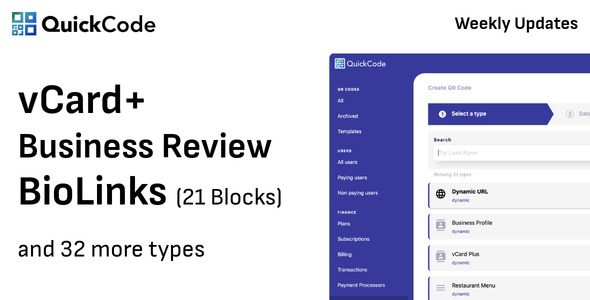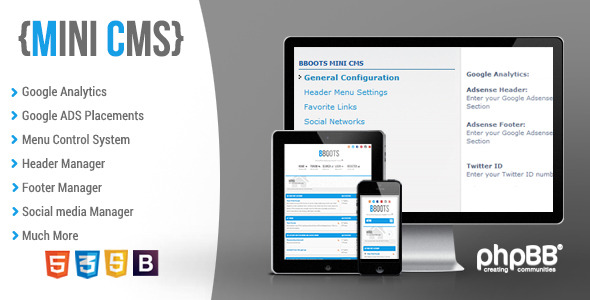Let’s go into more detail now:
<?php
//sample shared.inc file
//set up database connections
//any global variables for background
// colors or path names
function site_header($title) {
//contains common HTML
//for the header
echo '<HTML>
<HEAD>
<TITLE>PHPBuilder.com - '.$title.'</TITLE>';
//set up metatags
//take out "the", "and" and "a"
//a truly gifted developer would use
//a great Regular Expression here
$keywords=str_replace("the ",'',strtolower($title));
$keywords=str_replace("a ",'',$keywords);
$keywords=str_replace("and ",'',$keywords);
$keywords=str_replace(""",'',$keywords);
//make the string comma-separated
$meta_array=explode(' ',$keywords);
$meta_words=implode($meta_array,', ');
echo
'
<META NAME="KEYWORDS" CONTENT="PHP, '.$meta_words.'">
<META NAME="DESCRIPTION" CONTENT="PHP Developer, Web Developer, '.$title.'">
';
echo
'</HEAD>
<BODY TEXT="#000099" BGCOLOR="#FFFFFF">'
;
}
function
site_footer() {
//contains common html
//for the footer
echo '</BODY></HTML>';
}
?>
There, now the site_header() function prints out the usual stuff + meta tags that are built
from the $title string that you pass in. For best results, use a descriptive title on your pages.
from the $title string that you pass in. For best results, use a descriptive title on your pages.
On the next page, I’ll show you you how to use the URL string to create a hierarchy.








